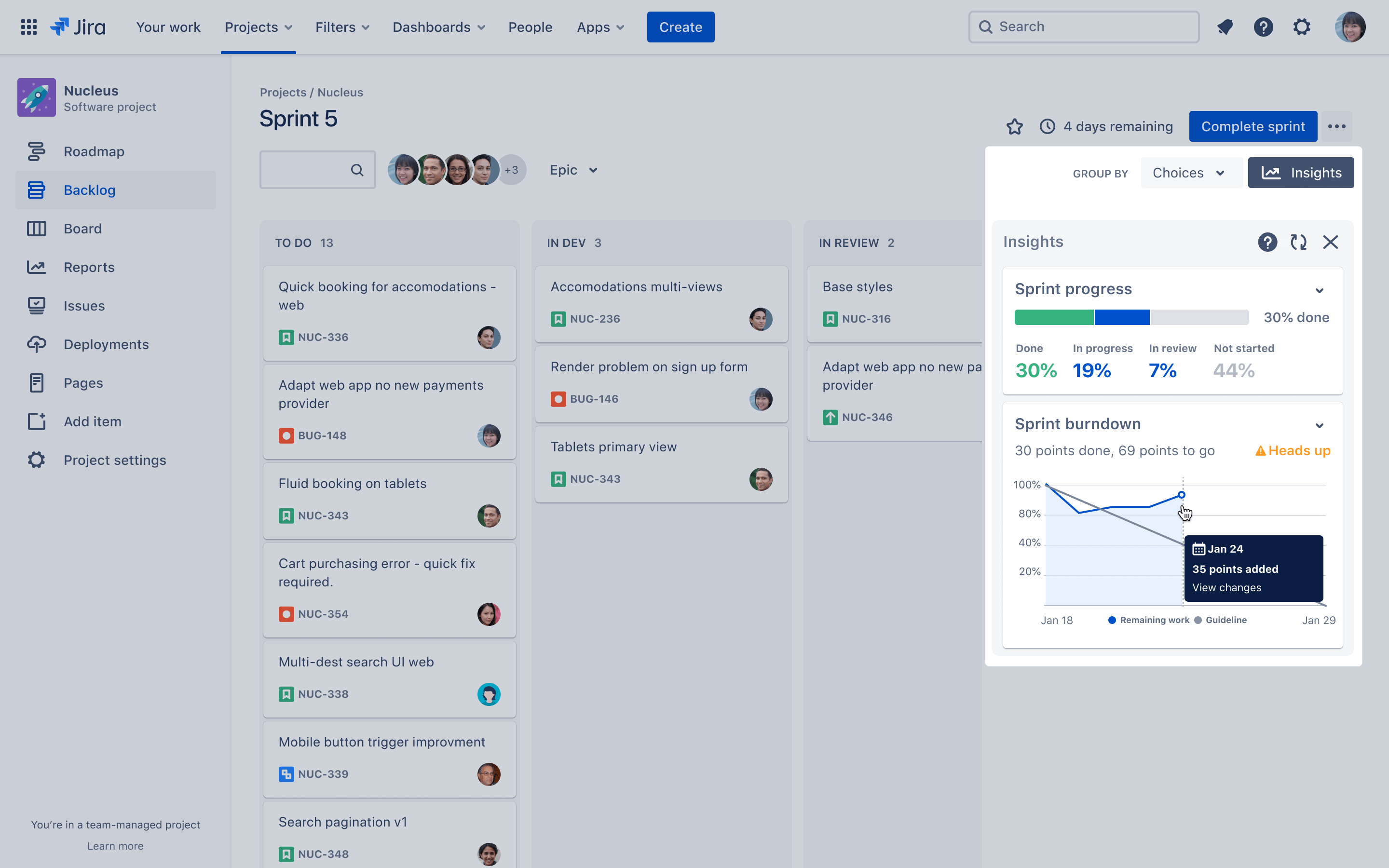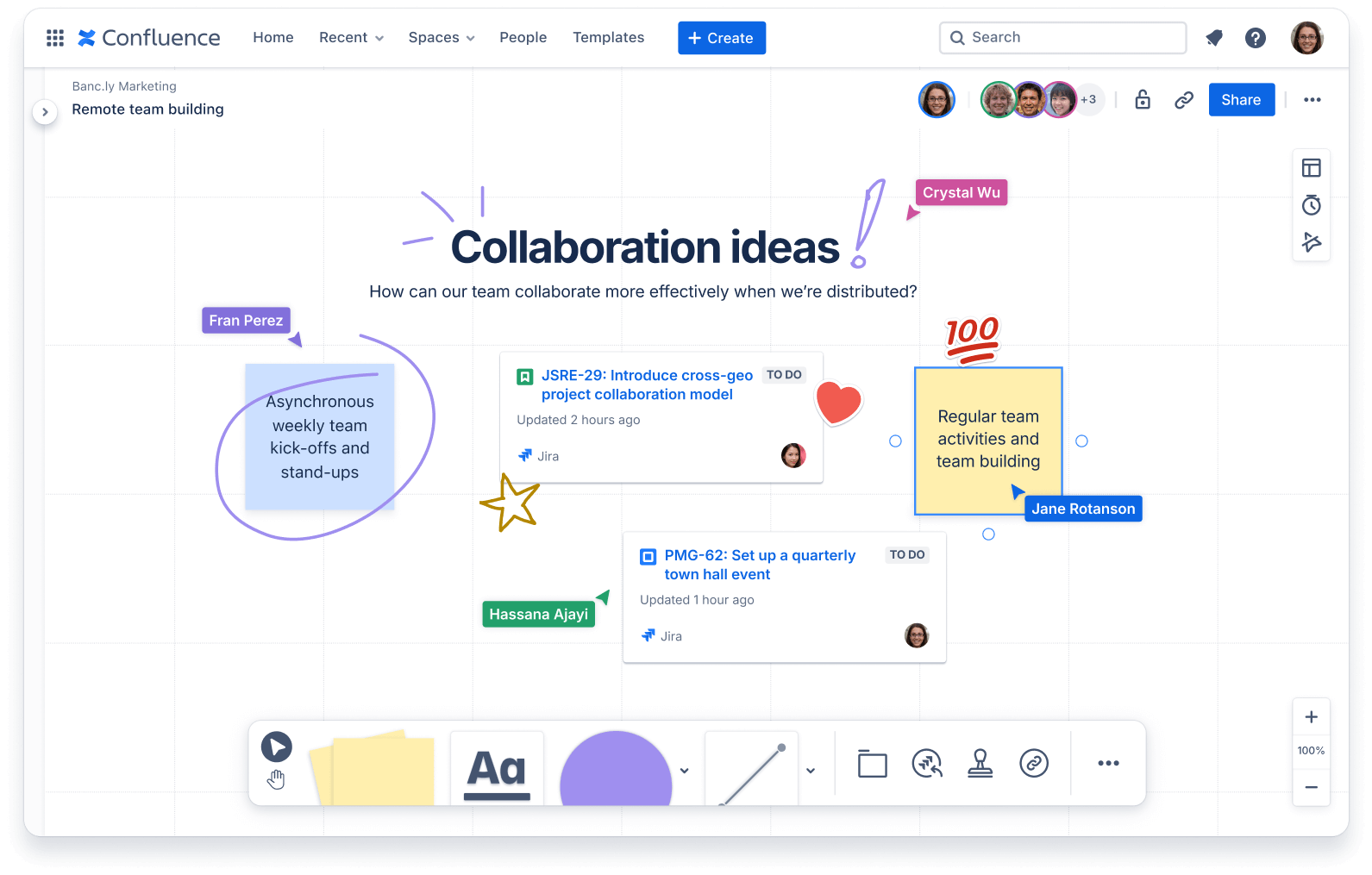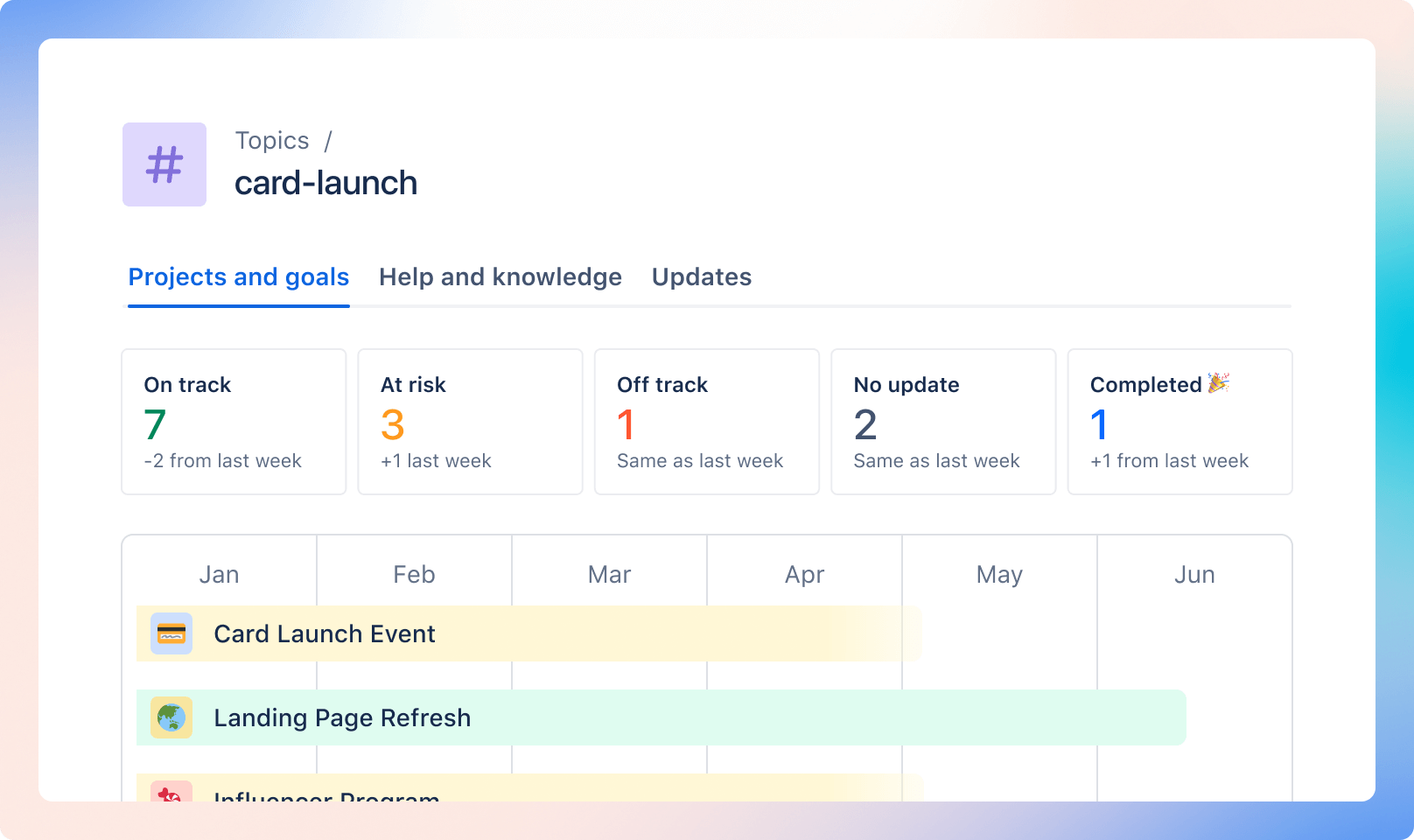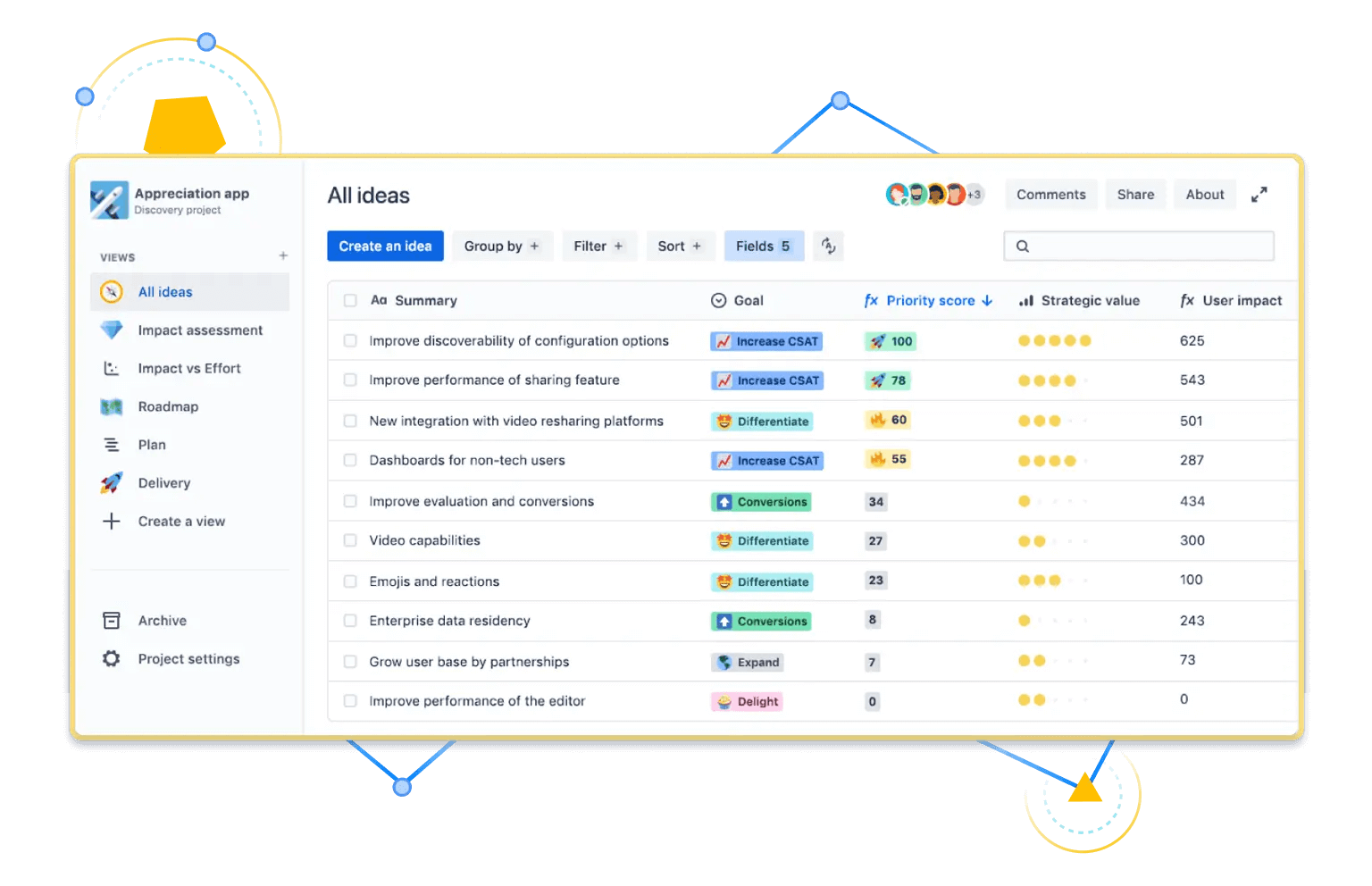Top knowledge management tools to know
Knowledge management (KM) technology has come a long way. Today, there are tools for everything you can think of: facilitating IT support, brainstorming with teammates, or creating internal and external knowledge bases.
They all make it easy for employees to capture, store, and share critical business information across teams to boost innovation and operational efficiency while shattering data silos.
This article introduces different types of knowledge management tools, their key features, and top KM software to consider so you can find the right one for your business.
What are knowledge management tools?
So, what is knowledge management? Put simply, it’s the practice of capturing, organizing, and sharing a company’s collective knowledge to improve decision-making, innovation, and overall performance.
A knowledge management tool is a software platform that enables companies to build, manage, and optimize a library of information and data that facilitates team collaboration, onboarding, innovation, learning, and more.
These tools enable experts to upload their knowledge into a searchable platform where employees can access procedures, best practices, and answers to common questions. This promotes a knowledge-sharing culture where employees always have the information they need to work effectively.
There are 5 main types of knowledge management tools:
- Knowledge bases are self-service libraries of FAQs, documentation, tutorials, videos, how-to guides, and more. An internal knowledge base is for employees, while an external one is for customers. Both facilitate quick answers to questions via a search function and organized company knowledge storage.
- Learning management systems facilitate employee development by storing and delivering quizzes, online courses, training programs, and other learning-focused materials.
- Document management software is a tool for creating, storing, accessing, and collaborating on documents across teams.
- Content management systems empower businesses to create, manage, and publish content on the Internet. These are usually no-code tools.
- Customer relationship management systems track customer information and communications, ensuring no correspondences get lost.
In ITSM, knowledge management tools help IT teams in various ways, from helping them collaborate on projects to enabling them to easily track assets and train new support staff.
Most critically, this software enables IT teams to create and access a knowledge base. This self-serve repository allows them to discover how-tos, procedures, and videos for troubleshooting ordinary employee or customer issues and working with the company’s various technologies.
Digitizing and streamlining your knowledge management process helps you increase efficiency, reduce costs, and transform employee knowledge and company concepts into innovative ideas.
Key features of effective knowledge management tools
Different KM tools have different features. For example, the feature set of a tool designed for creating knowledge bases will look very different from that of a learning management system.
Here are some essential features you’ll find in most quality tools:
- Collaboration tools allow teams to edit documents simultaneously, notify team members with updates, have conversations with inline comments, organize project tasks in one centralized location, track decisions, and engage in brainstorming.
- Document management stores your important documents in a centralized space where everyone can find them. The tool should also make it easy to create new documents with features like reusable content blocks and smart document fields.
- Search functionality allows users to type keywords to find the information they need. Tools vary in how well they understand the user’s search intent. Some use AI to improve the rate at which the tool surfaces the right content for the user’s query.
- Third-party integrations are great for automated data transfer. For example, you can integrate Confluence with Slack to respond to Confluence comments without leaving Slack. Integrations lead to efficiency.
- Analytics and reporting monitor how your employees interact with your knowledge base. Who’s adding the most knowledge? Which resources are most popular? Which are performing poorly and getting a lot of thumbs down? This helps you optimize your knowledge base.
These tools promote knowledge sharing and capture in addition to the above functionalities.
Benefits of using knowledge management tools
KM tools improve business productivity by reducing the amount of time employees spend looking for information. With a searchable knowledge base, employees can find the necessary answers or documents in seconds. For example, an IT specialist who needs to learn how to solve an employee’s password problem can check the knowledge base to see if someone has already created a procedure.
These tools can also improve team collaboration by enabling them to share knowledge, track project tasks and decisions, assign tasks, brainstorm ideas, and work from a central point of truth. For example, marketers working together on an SEO content marketing project can store their style guidelines, content briefs, and other branding documents in one location. This ensures everyone is always on the same page and following best practices.
KM tools significantly enhance decision-making. Employees who are unsure how to approach a problem can consult the knowledge base and find documented best practices and solutions.
These tools foster innovation by enabling employees to easily learn from one another, add to and modify each other’s knowledge base content, and combine seemingly unrelated concepts into new ideas that catapult the business into a better way of operating.
Top knowledge management tools in the market
From Agile project management tools with knowledge-sharing features to traditional knowledge bases, many tools help you capture and organize your company’s wisdom.
Here are eight of the best tools on the market, with their best features highlighted so you can choose the right one for your needs.
Confluence: Best overall knowledge management tool
Confluence combines a knowledge base, document management system, and project management tool into one unified platform where teams can work seamlessly on projects and quickly find critical documents and answers to their questions.
If you’re using Jira, Confluence is a no-brainer, as it offers helpful Jira integrations, including the ability to transform sticky notes on your Confluence brainstorming whiteboard into Jira issues that your team can start working on.
Jira: Best for Agile project management
Jira is an Agile project management tool that supports software developers using an Agile methodology, whether Scrum, Kanban, or another process.
With features like scrum boards, backlog grooming, and version management, development teams can easily plan effective sprints.
During the sprint, teams can use the Board view (shown below) to track tasks and monitor progress toward goals. Jira is great for teams looking to improve their development efficiency and delivery time.

Jira Service Management: Best for handling IT service requests
Jira Service Management is a service management solution that helps IT, development, and business teams streamline IT support workflows.
The platform includes a service desk for managing service requests and other critical ITSM features, such as tools for incident, problem, change, and asset management.
Jira Service Management has a built-in, federated knowledge base that provides quick answers and solutions to common issues, empowers IT staff, and facilitates self-service. The knowledge base also helps you determine how effectively each article resolves requests.

Trello: Best for visual task management
Trello is an easy-to-use project management solution for visual task management. It enables managers and individuals to organize their projects using Trello boards, lists, and cards (also known as tasks).
Users customize boards with different columns (e.g., not started, in progress, completed) and move cards to the appropriate columns. They can also set deadlines and leave notes on the cards.
Trello is a solid tool for smaller teams to track project progress and prioritize assignments.
Confluence Whiteboards: Best for visual collaboration
Knowledge management with Confluence allows teams to collaborate on meeting notes, project plans, and brainstorming sessions.
It has uniquely sophisticated visual collaboration features. For example, Confluence whiteboards allow users to illustrate their ideas with stickies and other diagrams, edit in real-time, add documents and files, and create connections between issues on the whiteboard.

Users can also use its best practice templates and rich media support to create engaging and interactive plans, resources, articles, and ideas. Comments allow you to refine these elements over time.
Atlas: Best for team alignment
Atlas is a KM tool for simplifying team coordination and aligning teams with project goals. From a centralized platform, team members can set milestones, receive tweet-sized updates on project changes, and even track how their team’s work contributes to company goals.
Its robust KM features aggregate everything about the project, organizing teams, goals, and knowledge by topic.

This is an ideal solution if you want your team members to stay aware of key objectives and operate using the latest information.
Jira Product Discovery: Best for prioritizing ideas
Jira Product Discovery is a KM tool that helps product teams capture and assemble their product ideas, user feedback, and features in one place.
On the Ideas board, product staff can review each idea and its associated goal, priority score, strategic value, and more.

The roadmap feature lets product leaders build custom, shareable roadmaps that keep everyone on the same page. Product teams looking for a more systematic way to capture and validate their ideas will love this tool.
Jira: Best for task management & tracking
Jira enables teams to track and manage individual tasks and project issues using robust task management features.
Users can create, assign, and monitor tasks to meet deadlines and achieve project goals. They can also get a bird’s-eye view of what’s happening by combining multiple related projects into a calendar, timeline, or summary overview.
Every Jira license includes tools that help users connect projects, documents, and data. These enable better alignment between business and software teams and foster cross-team collaboration.
How to choose the right knowledge management tool for your business
To select the right KM tool for your company, follow these steps:
- Assess your business needs. Evaluate the types of information you need to capture and the major functions you require. This helps you nail down the category of KM tool (e.g., knowledge base vs. document management) and required features.
- Consider your budget. KM tools can vary widely in cost, from free, open-source options such as Trello to enterprise-level platforms with monthly fees. Determine your available budget and find tools that fit within your financial constraints while still meeting your requirements.
- Evaluate scalability. As your business grows, your KM needs will change. Look for tools that can scale to accommodate more users, content, and functionality over time without requiring a complete system overhaul.
- Prioritize integration capabilities. Ensure the KM tool seamlessly integrates with your software and systems, such as project management, customer relationship management, or communication platforms. This fosters workflow automation and data transfer.
- Test several platforms. Research and evaluate multiple solutions by taking advantage of free trials or demos. Gather feedback from potential power users and explore software review websites such as G2, where you can filter reviews and ratings based on which evaluation factors are most important.
There are many KM tools, each designed for different teams and goals. Do your due diligence to find the tool that best fits your needs.
Best practices for implementing knowledge management tools
Below are some best practices for getting the most out of your KM tool:
- Decide which knowledge to capture. Speak with team leaders to identify what information employees need to do their jobs. Identify repetitive processes, standard operating procedures, and common questions, issues, and incidents.
- Identify experts. Decide which experts will create articles, guides, and FAQs for your knowledge tool. Assign them projects for creating these resources. For example, your head of product might spend time creating SOPs for product sprints.
- Collect existing knowledge. Add existing documents, FAQs, and other resources into your KM tool under the right category so they’re easy to find.
- Facilitate ongoing training and support. Teach your employees about the various features of your KM tool. Roll out new features slowly so employees can get the hang of one before adding another to their repertoire.
- Involve leadership. Company leaders should emphasize sharing knowledge, creating resources, and helping team members by uploading solutions and processes. A knowledge-sharing culture ensures people regularly add to and improve the knowledge base.
When you implement KM tools slowly and diligently, user adoption skyrockets, and so does the efficiency boost your team receives from accurate and accessible information.
When everyone has learned the collaboration features, you unlock other abilities—for example, creating cross-functional teams that work well together despite differences in title, seniority, or team.
Maximize business success with Confluence
IT teams can dramatically improve their competence and efficiency by effectively capturing and storing their company’s wisdom. Find a KM tool that fits your budget while providing the necessary functionality.
Most businesses will benefit from a tool that combines a knowledge base, document management system, and project management tool all in one. While your team works on projects, they can easily access their materials and collaborate with other team members from a single platform.
For this tool, check out Confluence, the team workspace where knowledge and collaboration meet.